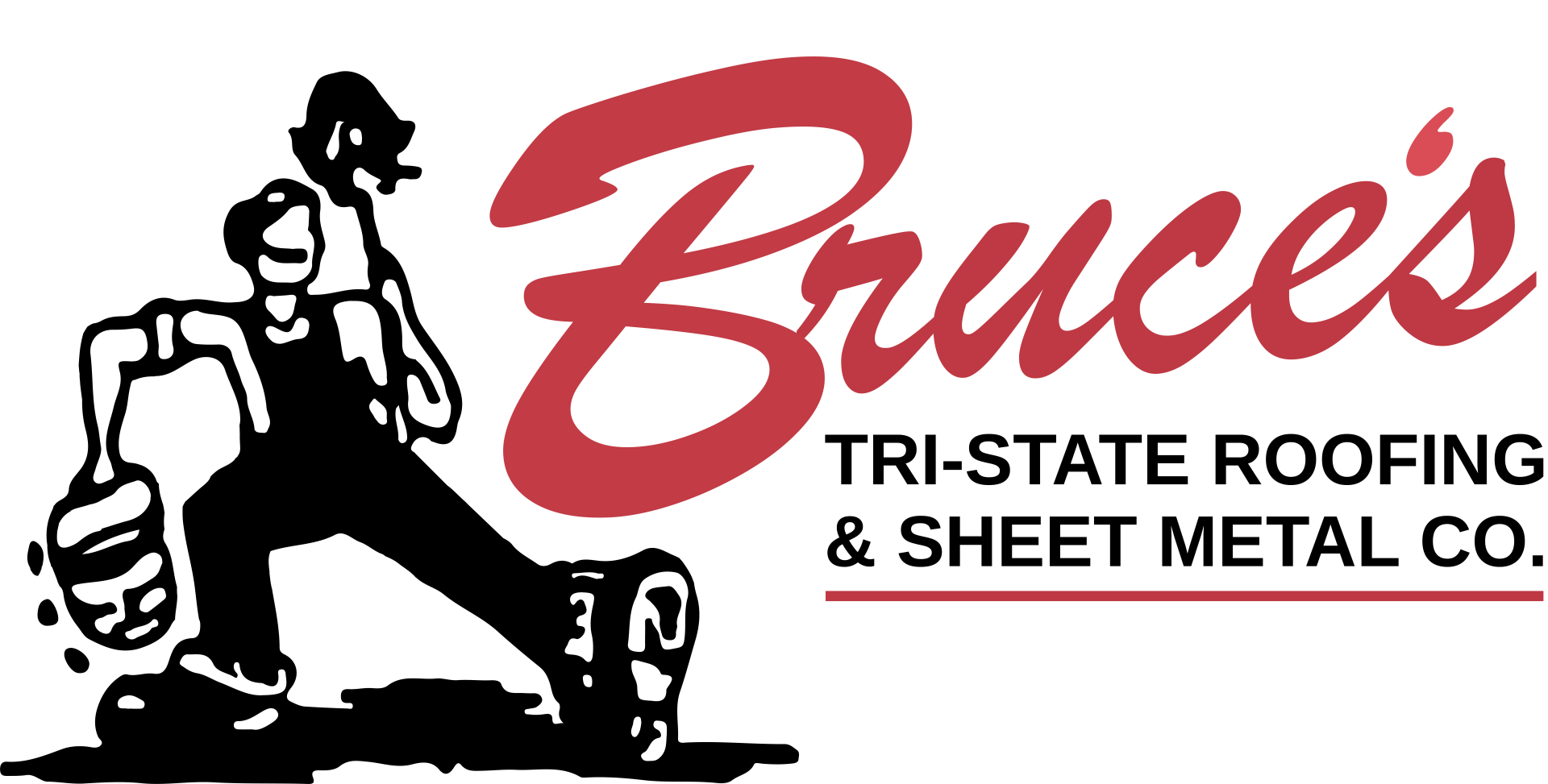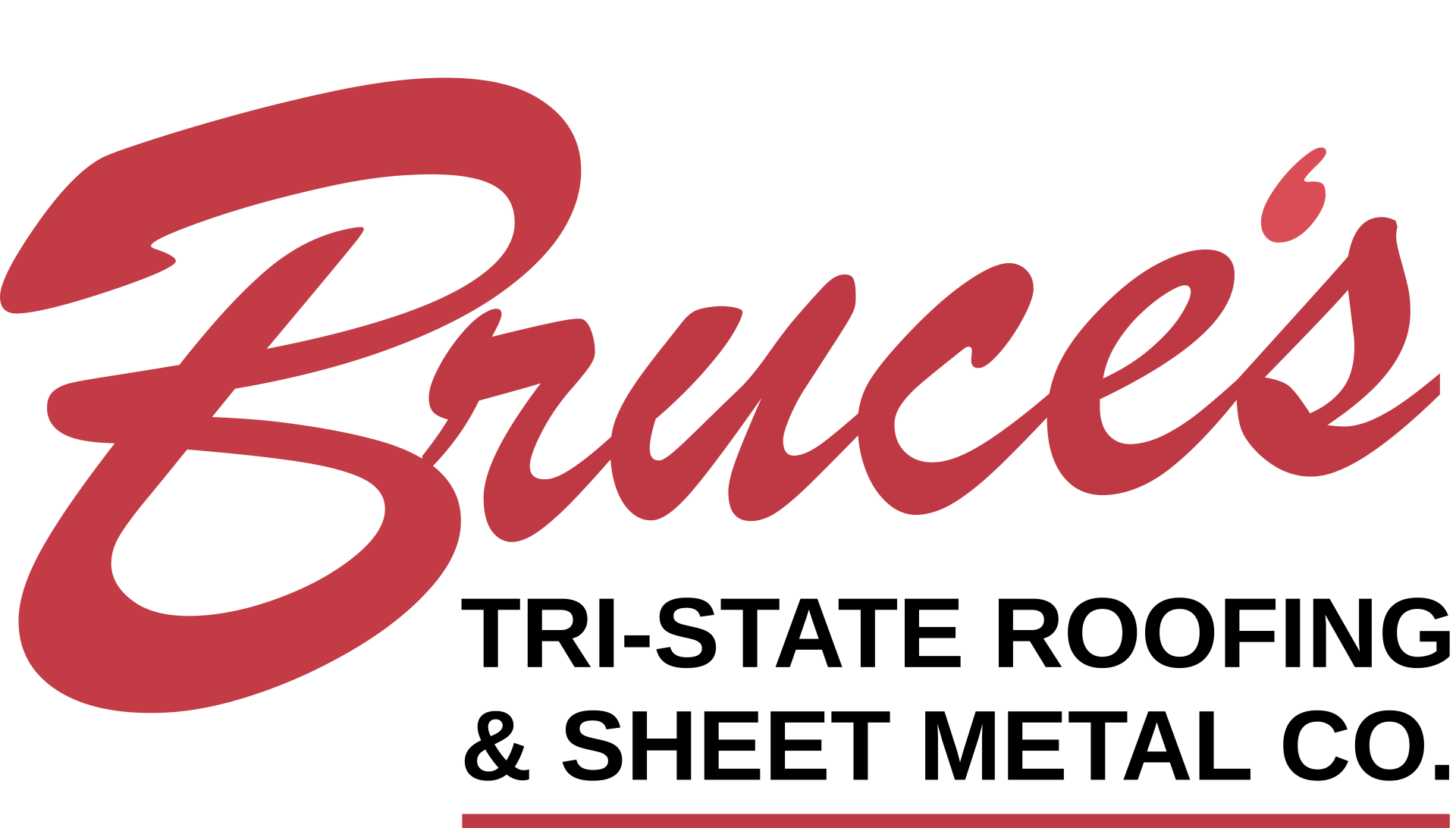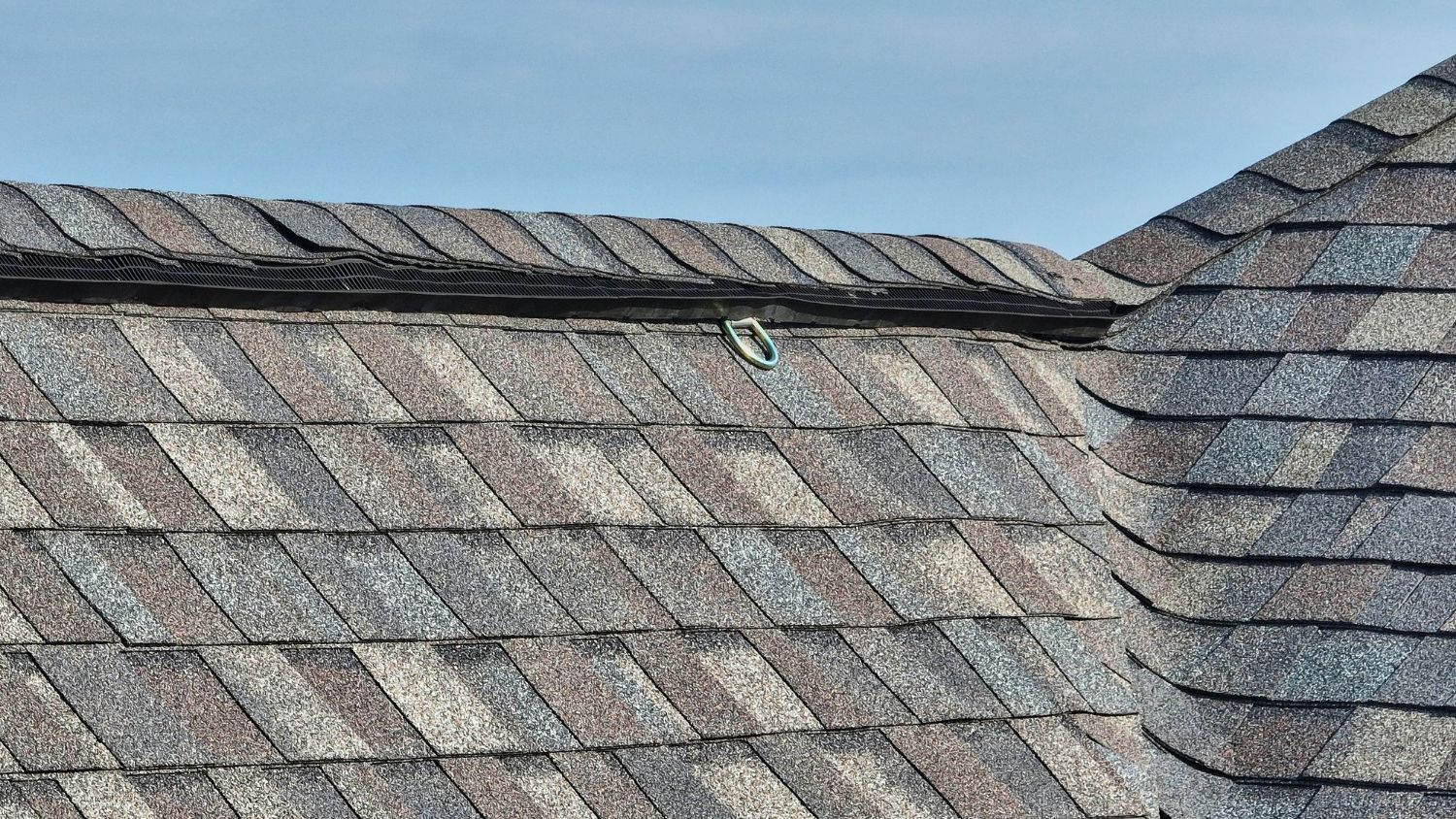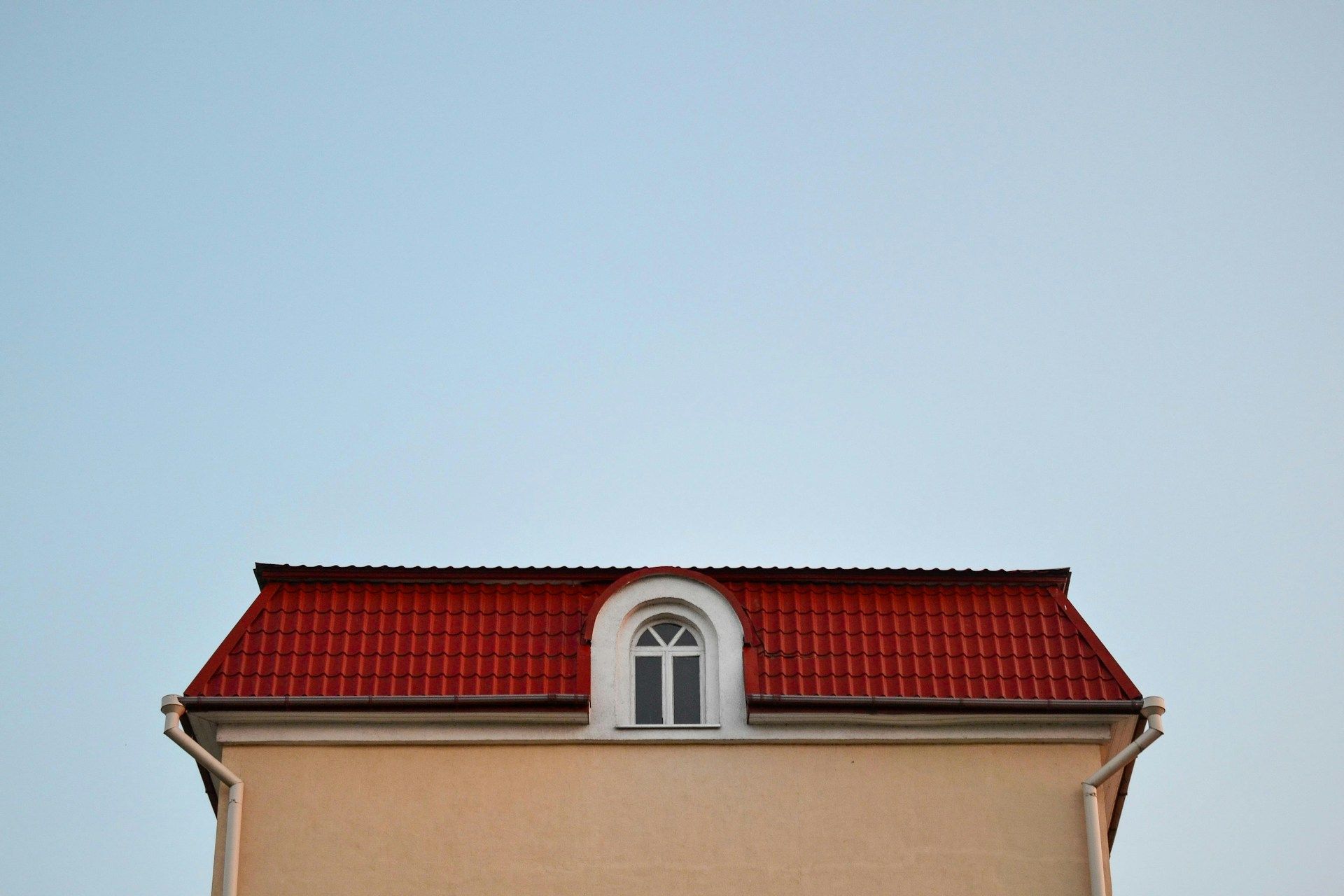
Roof ventilation may not be the first thing that comes to mind when you think about energy efficiency and longevity of your home, but trust me, it plays a bigger role than you might imagine. A well-ventilated roof can significantly impact your home's overall energy efficiency, reducing your energy bills and extending the lifespan of your roof.
Sounds good, right? But how does this work? Well, proper roof ventilation helps regulate temperature and moisture levels in your attic, preventing a multitude of problems like ice dams in winter and heat buildup in summer. This not only optimizes your home's heating and cooling system but also prevents damage to your shingles, ensuring that your roof stays strong and durable for years to come.
So, investing in an effective roof ventilation system is more about smart savings and less about unnecessary spending. Let's dive in and explore the importance of proper roof ventilation for energy efficiency and longevity.
Understanding the Basics of Roof Ventilation Systems
Roof ventilation systems come in various types, designed to suit different home styles, climates, and roofing materials. Some of the most common types of roof ventilation systems include:
1. Ridge vents: Installed along the peak of the roof, ridge vents allow hot air to escape while providing a continuous venting space.
2. Soffit vents: Installed in the underside of the roof's eaves, soffit vents intake fresh air to replace the warm, moist air that escapes through the ridge vents.
3. Gable vents: Mounted on the exterior walls near the roof's peak, gable vents allow hot air to escape and promote cross-ventilation.
4. Roof vents: Placed directly on the roof's surface, roof vents utilize natural convection or powered fans to exhaust hot air from the attic.
5. Box vents: These low-profile, static vents are installed over cutouts in the roof deck to release heat and moisture passively.
Evaluating the Benefits and Drawbacks of Different Ventilation Systems
Each roof ventilation system has its distinct advantages and disadvantages, which should be considered when evaluating the most appropriate option for your home:
1. Ridge and soffit vents: This combination is known for its high efficiency, effectively promoting continuous airflow. Importantly, ridge and soffit vents often have minimal impact on aesthetics due to their discrete placement.
2. Gable vents: Easy to install and suitable for various roof designs, gable vents can efficiently address moisture problems. However, their performance may be limited in releasing excess heat during hot summer months.
3. Roof vents: These offer great adaptability and diversity in their designs; however, they can potentially have a negative impact on the aesthetics of a roof.
4. Box vents: While inexpensive and easy to install, box vents may require multiple units to provide an adequate level of ventilation.
Factors to Consider in Optimizing Your Roof Ventilation
There are several vital considerations for homeowners seeking to optimize roof ventilation:
1. Climate: The local climate plays a critical role in choosing the appropriate ventilation system. For example, in cold climates, ideal ventilation systems effectively address potential moisture issues while minimizing heat loss.
2. Roof design and size: Some ventilation systems are better suited to specific roof styles and sizes. Ridge vents, for example, require a roof with a consistent peak.
3. Aesthetics: Homeowners must find a balance between functionality and aesthetics, selecting a system that performs efficiently while complementing their home's appearance.
4. Energy efficiency: Choosing a ventilation system that can effectively lower heating and cooling costs by managing attic temperatures can provide long-term savings on energy bills.
Advantages of Working with a Skilled Local Roofer
Partnering with an experienced local roofer like Bruce's Tri-State Roofing provides numerous benefits when optimizing your roof's ventilation:
1. Expert evaluation: A professional roofer can thoroughly assess your current roof ventilation system, identifying areas in need of improvement and recommending suitable options to enhance performance.
2. Quality installation: Proper installation is critical to ensure your ventilation system operates effectively. An experienced roofer can expertly install or upgrade your ventilation system for optimal performance.
3. Warranty considerations: Some roofing material warranties require adherence to specific ventilation guidelines, making it essential to work with a knowledgeable professional.
4. Ongoing support: A local roofer can provide regular maintenance, inspections, and support to ensure your roof ventilation system remains in peak condition.
Exploring the Connection: Roof Ventilation, Energy Efficiency, and Longevity
Proper roof ventilation is crucial for maintaining energy efficiency, preventing moisture-related issues, and prolonging your roof's lifespan. By understanding the different ventilation systems available and their relative benefits, homeowners can make informed decisions for their homes. Partnering with a trusted local roofer like Bruce's Tri-State Roofing can ensure expert guidance and installation, resulting in optimized roof ventilation that contributes to a comfortable, energy-efficient, and durable home.
Contact the professionals at our
roofing company in Owensboro, KY, today to discuss your roof ventilation needs and allow our team to deliver the expert service and support that your home deserves.
Have Total Confidence in the Roof Over Your Head
Hire an experienced commercial roofing company serving the entire Tri-State area


Hours
Mon: 7:00AM-4:00PM
Tue: 7:00AM-4:00PM
Wed: 7:00AM-4:00PM
Thu: 7:00AM-4:00PM
Fri: 7:00AM-4:00PM
Sat: Closed
Sun: Closed
All Rights Reserved | Website Designed & Developed By Oddball Creative


